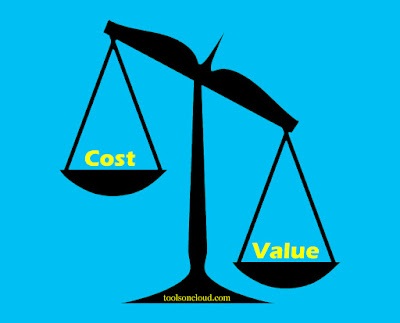What is an SDR?
SDR stands for Sales Development Representative. These are the folks in modern sales teams who specialize in sales prospecting. Broadly SDRs reach out to leads, qualify the leads and then pass on the qualified lead to quota-carrying sales executives who further engage with the prospect to close a deal.
What do SDRs do?
SDRs try to reach out to leads via both inbound ways as well as outbound ways. In the case of inbound, they receive Marketing Qualified Leads (MQLs) from the marketing team who in turn would have got it from their marketing campaigns. Then SDRs reach out to these leads to engage them in a meaningful conversation to explore their needs and try to assess if they are qualified to be pursued further.
Similarly, in the case of the outbound way, they try to reach leads by researching potential leads and reaching out to them via cold outreach. SDRs use their industry domain knowledge to understand the Ideal Customer Profile (ICP) of the company’s products & services. This further helps them to filter out and prioritize the leads matching their ICP.
SDRs try to reach out to prospects via multiple channels such as emails or phones. They become the face of the organization and try to introduce the organization to the prospect during their initial conversation. During their conversation, they try to build a relationship with the prospect and also try to understand their long-term and short-term needs to identify if they are the right fit to pursue them further or not.
If the prospect’s requirements fit the organization’s offerings then SDRs try to suggest suitable products and services which can fulfill their requirements. They try to build a long-term relationship with the prospect so that it will provide a base for the SDRs to reach out to them for future opportunities as well. Once the prospect is interested in the products and services of the organization and would like to engage in further discussions, then the prospect is passed on to the quota-carrying sales executives who take it further for deal closure.
How does an SDR help the Organization?
- Having dedicated SDRs helps to standardize the sales process of the organization. This way a dedicated amount of effort is spent every day on sales prospecting activities. This keeps the sales pipeline steady by maintaining the ratio of leads in various stages of the sales funnel.
- In many conventional organizations, sales team members are given twin responsibilities of prospecting as well as closing. But in this approach, sometimes sales executives tend to focus more on closing the existing active deal in hand instead of spending more time on nurturing the leads who are at the top of the sales funnel. This may lead to many leads dropping off from the top of the funnel since they were not given appropriate attention during their initial purchase journey.
- Having SDRs on the sales team gives a clear predictable insights on the future sales expected since sales leaders can get clear visibility of the sales expected in future months based on the steady pipeline and conversion metrics data.
- SDRs tend to specialize in the task of doing research about their leads and following up with them. This helps to improve the quality of leads flowing down the sales funnels thereby increasing the chance of deal closure for the sales executives. This in turn helps in faster revenue growth and also leads to higher productivity of sales executives who can focus more on closing deals faster.
CRM forms an integral part of the work of SDRs and Sales Executives during this process. With the help of CRM, SDRs can keep track of all the leads, maintain track of their conversation history as well as add important notes. This in turn helps the sales executives close deals faster so that they don’t redo discovery calls with the clients again and can close deals more efficiently.
If you wanna try out Sales CRM for your team, then do check out ToolsonCloud Sales CRM today.



















